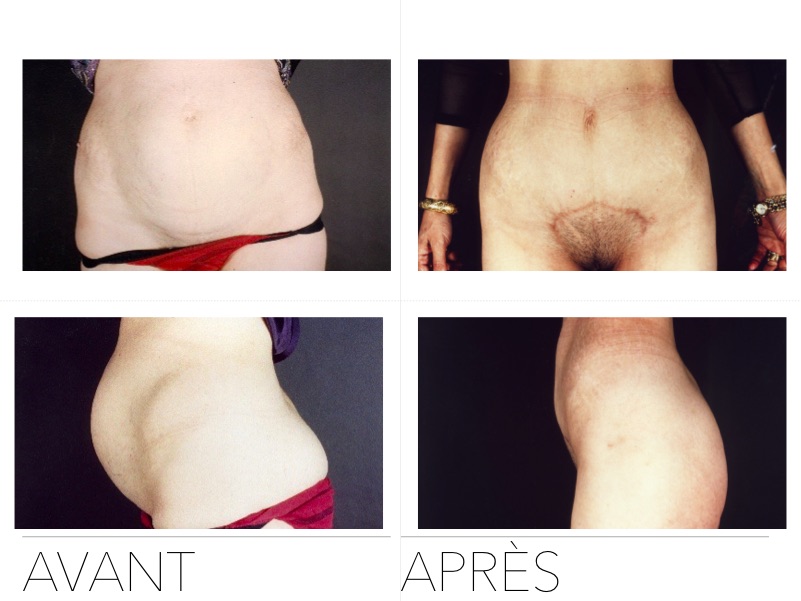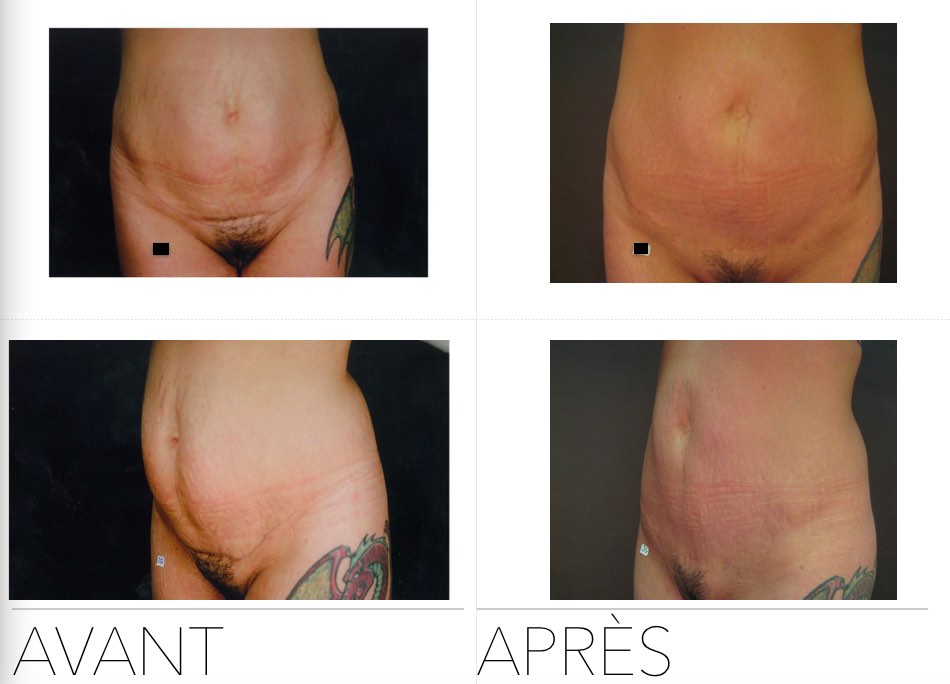Esthetic Surgery : Abdominoplasty
Abdominoplasty introduction
Abdominoplasty is defined as a cosmetic surgery with the goal of improving and rejuvenating the appearance of the abdomen. Other commonly used terms for this type of surgery are: cosmetic lipectomy, tummy lift, abdominal lift, abdominal redraping, tummyplasty, plasty of the abdomen, among many others. The most popular term used in English is “tummy tuch”. The term abdominoplasty should logically embrace all cosmetic surgical acts looking to improve the appearance of the abdomen, such as liposuction for instance. However, by convention, we separate liposuction of the abdomen from abdominoplasty and include it in the general chapter on liposuction alone.
History of abdominoplasty
For over 80 years surgeons have been practicing abdominoplasties with hundreds of techniques being developed bringing with them both advantages and drawbacks. In my experience, I prefer the following incisions: a low incision along the superior concavity (with drawingof incision) or, when possible, a MOUFARRÈGE Horseshoe incision that I described in 1990 but which is only applicable in my opinion to 5% of abdominoplasty cases according to certain strict criteria.
Description of complete radical and classic abdominoplasty
The incision is done from one hip to the other with a low downward curve centrally allowing it to pass below the suprapublic fold. Both skin and fat are detached from the abdominal musculature superiorly up to the ribs, bringing with it the base of the umbilicus. This skin, once stretched and extended downwards, will by far exceed the inferior incision therefore allowing the surgeon to resect this excess. The remaining skin is then defatted up until a normal desired thickness is obtained all the while ensuring survival of the flap. At this time, we undertake any work on the musculature if necessary: hernia repair, muscle resection if needed (plication, diasthasis repair, etc.). If the skin above the umbilicus is very abundant and lax, the old umbilicus could likely find itself in the resected skin. If the supra-umbilical part has minimal laxity, the old umbilicus will remain somewhere between the pubis and its original position. It is excised longitudinally leaving a simple median longitudinal incision a few centimeters in length. The new umbilicus is reconstructed in its chosen position level with the (2) two iliac spines (bones of the hip) and its edges are anchored after defatting to the muscular layer in order to create a natural, curved umbilication. We conclude by closing the inferior wound with intradermic resorbable sutures. Suction drains are installed and a compressive dressing is applied.
Follow-up visit
Follow-up visits are done one week, 1 month, 3 months, 6 months, 1 year after the surgery then each year subsequently. These visits are free of charge for the rest of the patient’s life.
Post-operative touch-ups
It is always a possibility that a touch-up in the post-operative period could be needed, most often a year after the initial surgery to obtain an improved result. This intervention is done free of charge for the surgery but the patient must pay a portion of the operating room fees.
Complications
We must however remember that in the case of abdominoplasty, one particular type of complication that may ensue is the post-operative seroma. This consists in the production and accumulation of a fluid composed of lymph, oils produced by the fatty layers, as well as post-surgical oedema mixed with blood following undermining of large surfaces of tissue. This liquid often of a clear pinkish hue which may persist for 2, even 3 weeks after the surgery. The best way to optimize healing and prevent this from happening is to keep the aspiration drains in place until less than 25 ml of fluid is recuperated per day. If a seroma accumulates even after these precautions have been respected, the liquid can be evacuated with needle aspiration at the bedside, once or twice per week until complete resorption of the collection. This is far from being a serious complication because rarely does it leave any sequelae for the patient.




